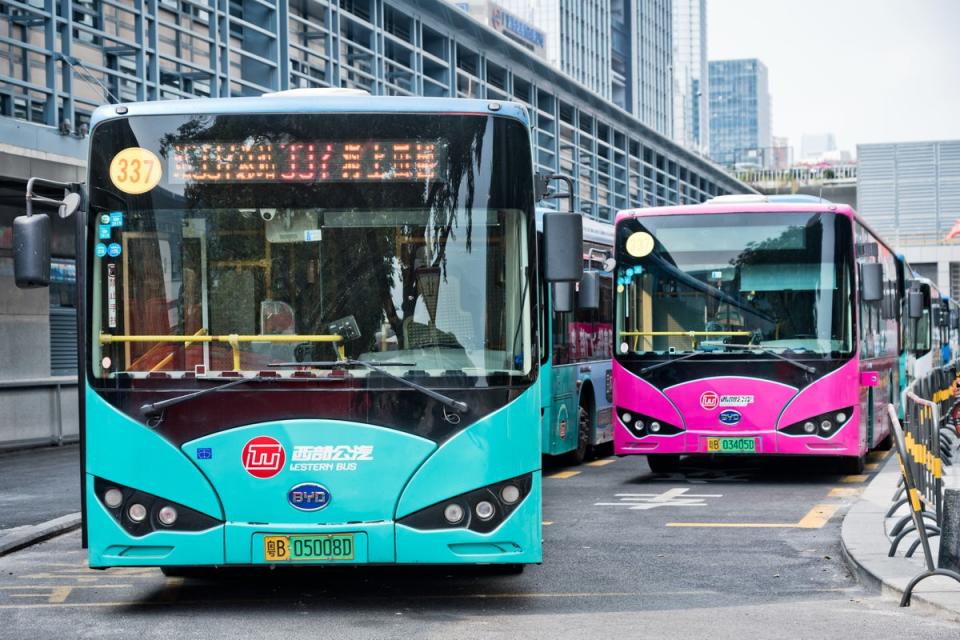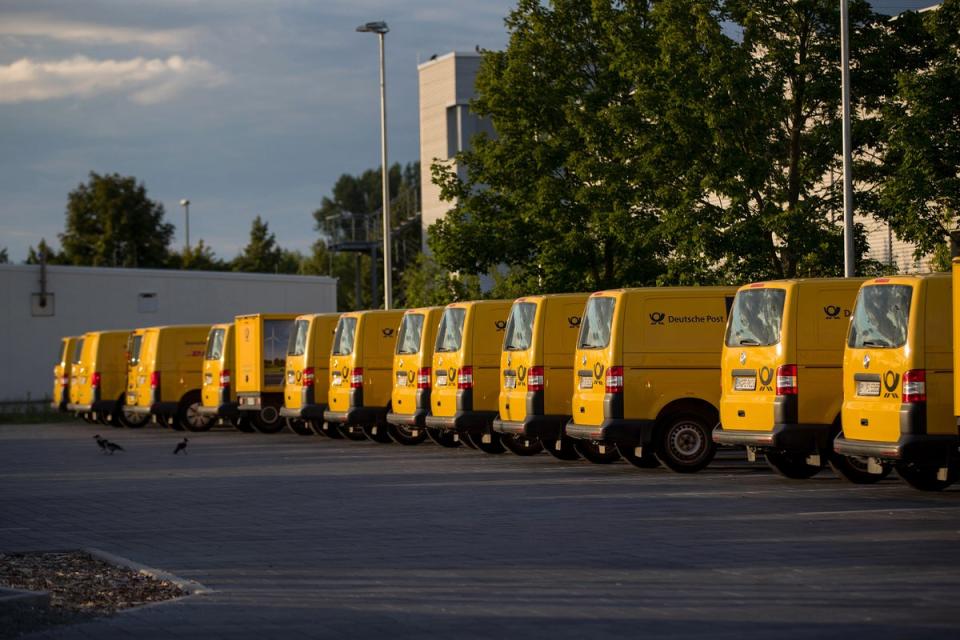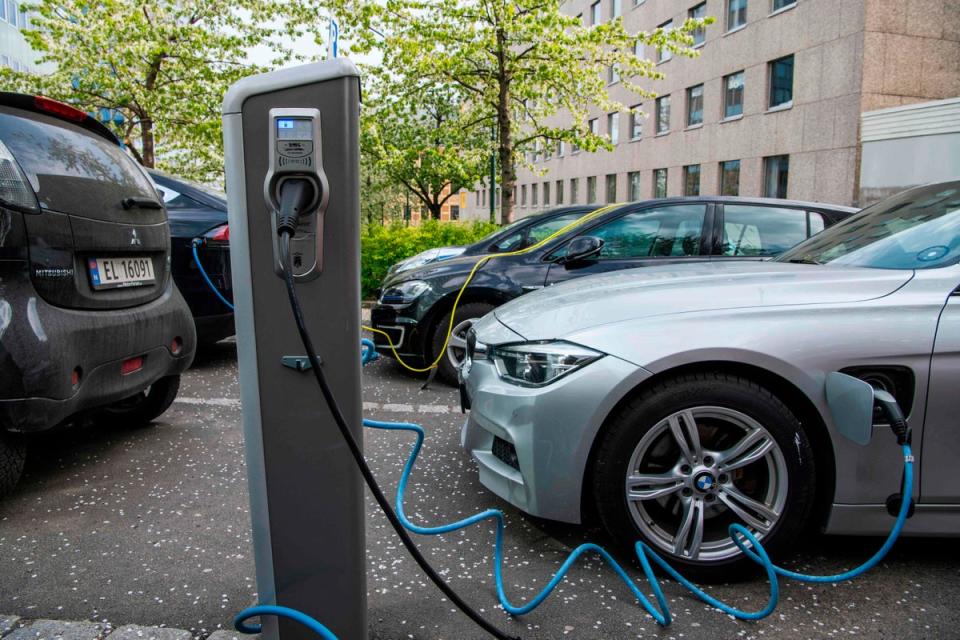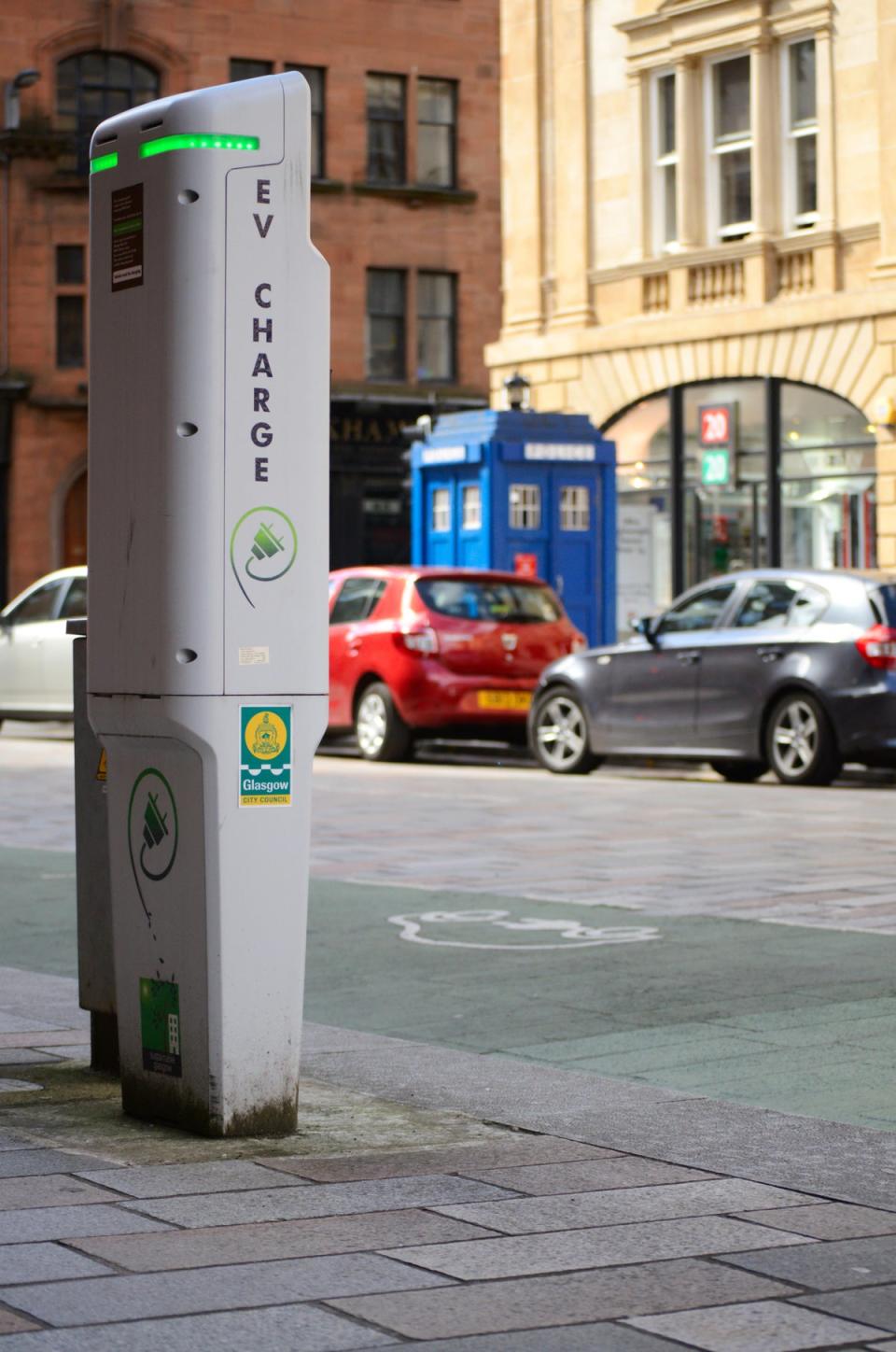World EV Day: what can we learn about electric cars from around the world?

1. If you want people to use electric buses, stop them from buying cars
By 2016 Shenzhen’s ancient buses produced 30 per cent of the city’s transport-based air pollution despite making up just 2 per cent of vehicles on the road, so the Chinese economic powerhouse introduced an all-electric bus fleet. Today this fleet consumes 72.9 per cent less energy and produces 1.353 million fewer tons of CO2 per year compared to its gas-guzzling predecessor. At the same time the city limited the number of new vehicle licence plates issued per year, reducing private vehicle ownership and increasing demand for the buses.

2. Introduce electric car-shares (that people have to use)
In Singapore, citizens can use car-share company BlueSG’s 1,000 EVs to get around in a more sustainable way. And unless drivers are loaded, that’s the only option. In the 1990s Singapore introduced a Certificate of Entitlement – a licence to buy a car – in order to restrict the number of private vehicles on the road. In 2022, the right to buy a car would cost you more than £63k before you’d even visited the dealership – and the certificate only lasts 10 years. Plus, there’s a congestion charge. This is probably why Jeremy Clarkson is developing a farm rather than launching a Singapore bank.
3. You can lower everyone’s carbon footprint with a green postal service
The privatised wing of the German post office Deutsche Post DHL Group is aiming for zero-emission delivery from its new centre in Berlin, Tempelhof, currently running more than 1,000 e-scooters, bikes and trikes for door-to-door letters and parcels, a proprietary StreetScooter delivery van and 400 bio-gas powered trucks for longer-haul shipments. Customers can choose to reduce their carbon footprint by choosing rail shipment instead of air travel, and next year it will open a Munich mail sorting centre that’s energy independent using solar power and geothermal heat pump.

4. Give EVs free parking
Since January 2020, drivers of electric vehicles have been able to park free of charge on the streets and in public car parks anywhere in Madrid for as long as they want. Hybrids pay 50 per cent and are limited to two hours. The council has also backed Share Now, a collaboration between BMW and Renault, to provide a city-wide EV car-share scheme where drivers don’t even have to charge the cars they use or park in charging bays – the battery levels are centrally monitored and when they run low a remote team will come and charge them on site.
5. Use perks to build popularity
Despite Norway having access to all the oil and gas it could require, it’s clear Norwegians don’t want to use much of it. In its capital city of Oslo, EV use is impressive â 30 per cent of all passenger cars, 40 per cent of buses and 71 per cent of all new cars sold in the city in 2021. And why not when the perks for going electric are so good. The city now has 2,100 charging points (one for every 350 residents), EVs are tax exempt, drivers get a 75 per cent discount on toll roads, parking is cheaper and they even get to drive in the bus lanes. It’s the dream.

6. It’s possible to get a road to charge your car (but just one, for now)
In September 2020 Tel Aviv introduced wireless EV charging by road, aka the public wireless Electric Road System. It’s like those IKEA tables that charge your phone but much bigger. At the moment it’s buses only, so stationary buses can get a charge while hanging around boarding passengers, but that’s it! Hopefully this wonder tech should be rolling out soon though â the next piece of ‘electric avenue’ will be a 16km-stretch on the Swedish island of Gotland.
7. It’s not always the obvious places that are doing well...
While Uswitch recently voted Reykjavik the best European city in which to own an EV, Glasgow came a somewhat unexpected second. The city’s forward-thinking council operates 292 free EV charging points across 151 locations, with a further 164 being built this year. It also runs 150 electric buses and the UK’s largest EV rapid charging centre, capable of charging all those 150 at once. The investment in public charging seems to be paying off â in January the Scottish Daily Express reported that “sales of electric vehicles (EV) in Scotland have skyrocketed”, with Glasgow leading the charge.

8. ...But some places obviously aren’t
In March, Nissan announced plans to produce two new EVs in Jackson, Mississippi, spending $500 million on a car plant and a battery plant. But the city hates EVs. Jackson has the lowest EV adoption rate in the whole of the USA and its population of 164,000 has access to a total of 22 charging points. Read the room, bro.
World EV Day is on September 29. See more at worldevday.org. Read more about our Plug It In campaign at standard.co.uk/plugitin

 Yahoo News
Yahoo News 
